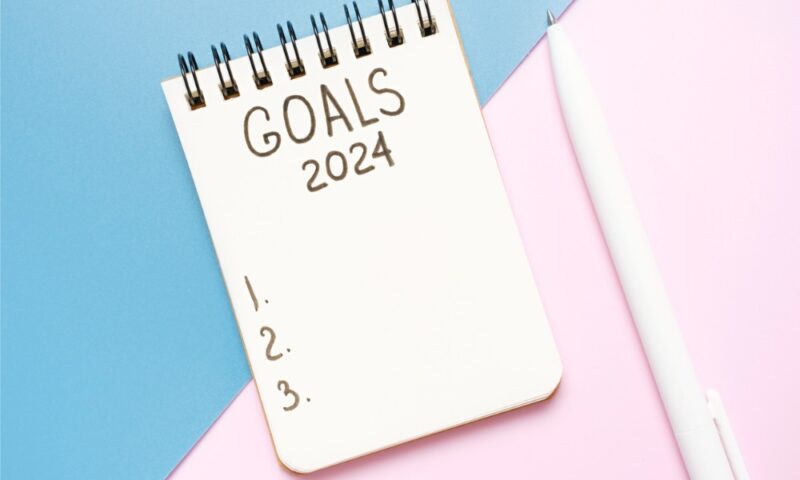
Set Achievable Professional Development Goals for the New Year
Now is the perfect time to take stock of your career path and make professional goals. But how should you get started, and how can you make sure they’ll stick? An expert shares ways to set goals that not only benefit your growth but also forward the goals of your organization.
The start of a new year can be an ideal time to plan career goals, including professional development opportunities. But that’s easier said than done if you’ve got a limited timeframe, competing priorities, and need your plans to align with your organization’s strategies.
According to Cynthia Mills, CAE, founder, president, and CEO of The Leaders’ Haven, setting professional development goals each year requires continuous conversations with yourself and with your supervisor.
“It’s an initiative each employee needs to take, even if they work for an organization that has a culture of continuous learning,” she said. “You want to set goals that forward your career and the needs of your organization.”
Plan Reasonable Goals
Mills recommends using two lenses to set goals for the new year.
“Think about what professional development you need to do that will let you maximize and leverage the goals under your purview. Secondly, look at your total career trajectory and what professional development do you need that moves your career forward,” she said.
As you plan your goals, think about what you can reasonably achieve. If your goals aren’t realistic, it might be hard to motivate yourself to complete them over the year.
“You want to be excited about stepping toward your goals,” Mills said. “You need to think about professional development goals that you can handle. So, I wouldn’t recommend pursing a Master of Business Administration (MBA) and a Certified Association Executive (CAE) credential in one year.”
In addition, she recommends talking to your supervisor as you plan to help determine what time commitment you can make and how your goals fit into the organization’s strategies.
“Approach your employer with two focuses. First, ask how your continued development can effectively map onto the organization’s short-term and long-term successes, and ask them what milestone they want to see you reach next to take the next leap that you want,” Mills said.
Help Future You
Once you know your capacity and your association’s expectations, you can effectively lay out your goals. Mills recommends breaking down your goals into small segments and creating action steps for each goal.
“Once everything is itemized, go to the end date, and work backward to assign completion dates for each step action and build in a cushion for the unexpected,” she said.
Mills also suggests setting time for weekly check-ins with yourself about your goals to determine if you’re on track. If not, you can reset as necessary. Employees can also track professional development goals when they meet with their supervisor. Those meetings can also be a good opportunity to check whether the organization’s strategy or emphasis has changed, and if you need to realign your goals based on those shifts.
“Without these check-ins, you may end up diverging from your organization, which can be stressful and push you further off kilter,” Mills said. “So, take time to discuss where you are with your goals and where the association is with its goals.”
According to Mills, attaching a personal vision of fulfillment where you visualize how you’ll feel once you complete your goals can help keep you inspired and on track during the year.
“It’s not just about the relief of checking off a goal,” Mills said. “Staying attached to the idea of how you’ll feel when you accomplish your goals can help you remember why you’re on this path and keep you moving forward.”
[Tatiana/ISTOCK]






Comments